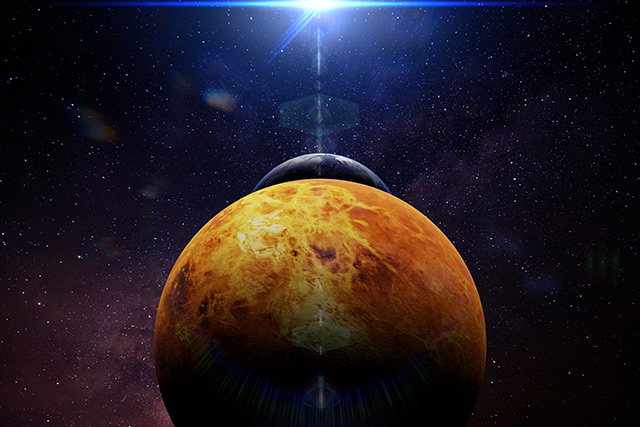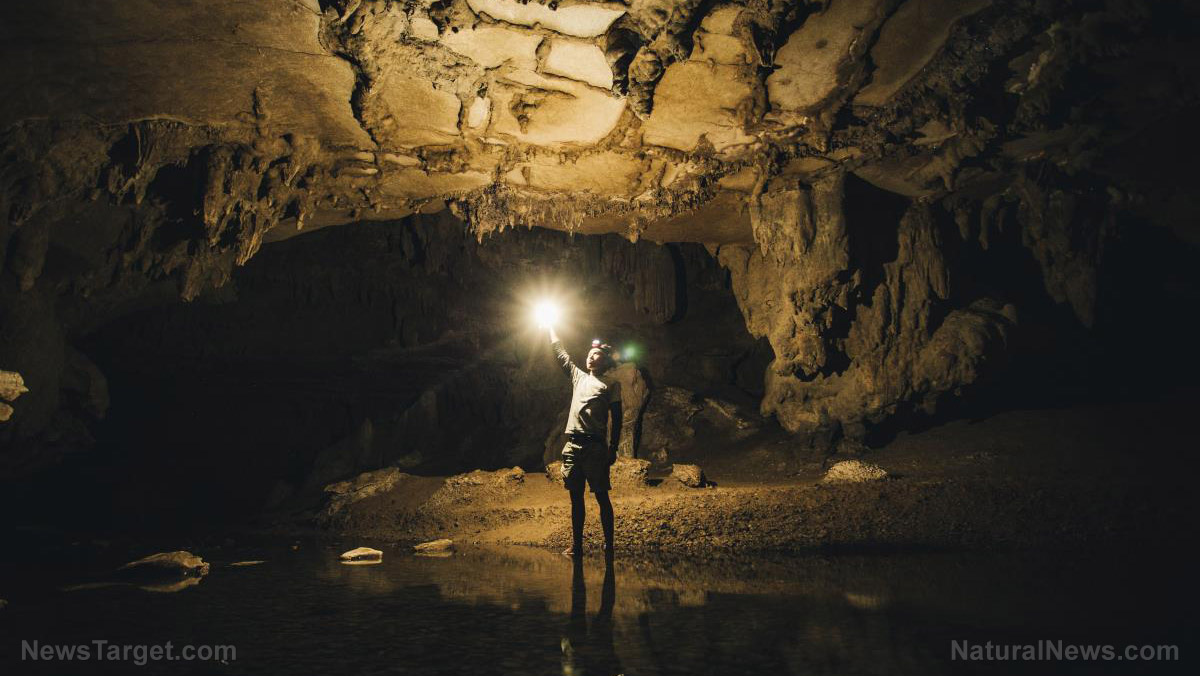Evidence of life on Mars erased over time – NASA scientists
07/23/2021 / By Ramon Tomey

Researchers at the National Aeronautics and Space Administration (NASA) have stated that evidence of ancient life on Mars may have been “erased” as the planet’s climate changed.
Scientists claimed that millions of years ago, Mars was full of lakes that possibly harbored microbial life. However, its climate eventually changed – drying out these lakes as a result. The salty brine left from the dried-out lakes then seeped into the lake bed and altered the clay and minerals at the bottom.
NASA scientists made this discovery through the Curiosity rover, which explored the Gale Crater on the planet. The rover found that the crater, formerly a lake, had some portions of its rock record missing. The scientists in charge of the Curiosity rover project surmised that the brine that remained as the lake dried up was responsible for this.
The scientists focused on the Gale Crater because they thought its undisturbed layers of ancient rocks could tell more about Mars’s history and possible life. Samples were then collected from the crater and other areas on the planet, which the scientists then compared. The researchers found that around half of the clay minerals they were expecting to find in the Gale Crater soil samples were missing.
The researchers, who were in charge of the Chemistry and Mineralogy, or CheMin, instrument aboard the Curiosity rover, published their findings on July 9 in the journal Science.
“We used to think that once these layers of clay minerals formed at the bottom of the lake in Gale Crater, they stayed that way, preserving the moment in time they formed for billions of years,” Lead study author Tom Bristow said. “But later, brines broke down those clay minerals in some places – essentially resetting the rock record.”
“There are some parts of the Martian rock record that aren’t so good at preserving evidence of the planet’s past and possible life,” added co-author Ashwin Vasavada. “The fortunate thing is we find both close together in Gale Crater, and can use mineralogy to tell which is which.” (Related: Scientists say the best place for life on Mars is underground.)
The briny remnants of Mars’s lakes also eliminated evidence of possible life
Minerals can act as time capsules by providing scientists with a record of what the planet was like when they were formed. Clay minerals contain water in their structure and are used as evidence that the sediments they are found in came into contact with water.
Study co-author Liz Rampe said: “Since these minerals we find on Mars also form in some locations on Earth, we can use what we know about how they form on Earth to tell us about how salty or acidic the waters on ancient Mars were.”
Once an abundant water source, Gale Crater’s water slowly dried out due to changing conditions on Mars. But concurrently, groundwater moved below the surface – dissolving and transporting chemicals. This started while Gale Crater still had water and continued even after its waters dried out.
Some mudstone pockets interacted with this water after the latter was deposited and buried beneath the surface. The mudstone pockets experienced different conditions and processes, subsequently changing their mineral composition. This process called diagenesis usually complicated the soil’s history, if not rewriting it altogether.
However, diagenesis was not entirely detrimental as it created an underground environment that can support microbial life. The process was responsible for the existence of very unique habitats on Earth called “deep biospheres” where microbes are able to thrive. (Related: Study of microbes from extreme habitats may aid search for life on Mars.)
John Grotzinger of the California Institute of Technology, another co-author of the study, said these underground environments are “excellent places to look for evidence of ancient life and gauge habitability.” He added: “Even though diagenesis may erase the signs of life in the original lake, it creates the chemical gradients necessary to support sub-surface life, so we are really excited to have discovered this.”
The NASA research team compared the details of minerals from samples taken from the crater and other areas in Mars. They concluded that briny water filtering down through overlying sediment layers was responsible for changes in the Gale Crater soil samples. Unlike the relatively freshwater lake that was present when the mudstones formed, they surmised that the salty water came from later lakes that existed within an overall drier environment.
Space.news has more articles about Mars and the possibility of life on the planet.
Sources include:
Tagged Under: Curiosity Rover, diagenesis, gale crater, Life on Mars, Mars, mineral composition, National Aeronautics and Space Administration, soil history, soil minerals, Space, space exploration
RECENT NEWS & ARTICLES
COPYRIGHT © 2017 SPACE.COM
All content posted on this site is protected under Free Speech. Space.com is not responsible for content written by contributing authors. The information on this site is provided for educational and entertainment purposes only. It is not intended as a substitute for professional advice of any kind. Space.com assumes no responsibility for the use or misuse of this material. All trademarks, registered trademarks and service marks mentioned on this site are the property of their respective owners.




















